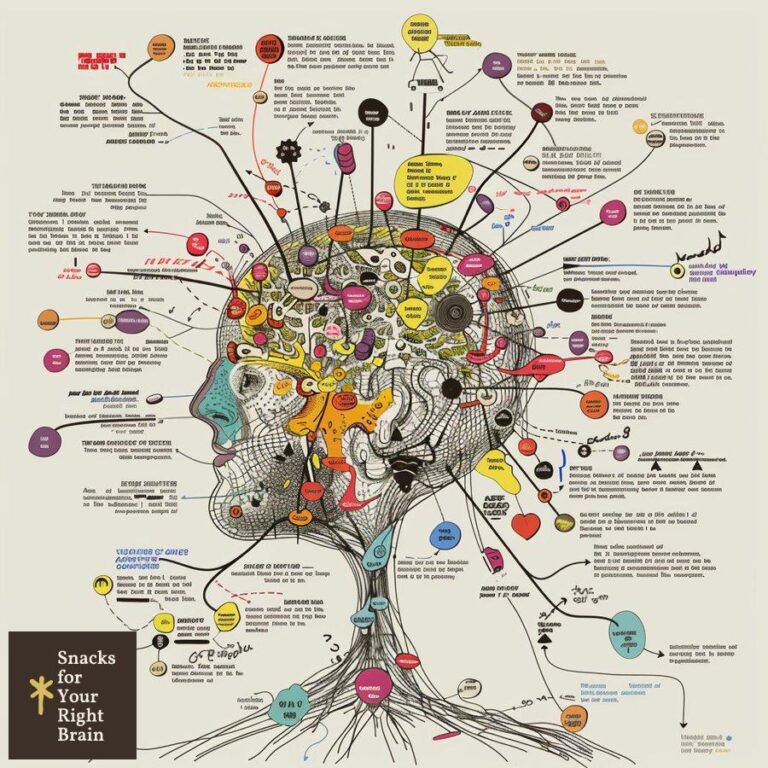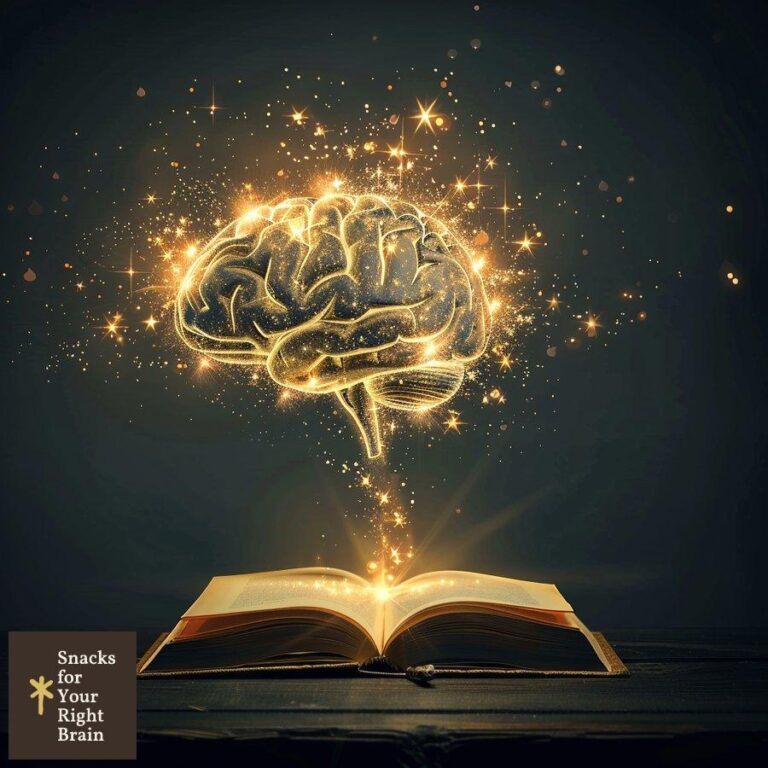What Is the Character Internal and External Conflict
What defines character conflict in storytelling?
Character conflict serves as the backbone of storytelling, driving the narrative forward and providing depth to characters. At its core, conflict arises from the struggle between opposing forces, whether internal or external. This struggle is essential for character development and plot progression, as it creates tension and engages readers.
Understanding Character Conflict
Character conflict can be categorized into two primary types: internal and external. Internal conflict refers to the psychological struggle within a character, while external conflict involves the character’s struggle against outside forces, such as other characters, society, or nature. Both forms of conflict are interrelated and contribute significantly to the overall narrative.
-
Internal Conflict: This type of conflict often manifests as a moral dilemma, fear, or emotional struggle. It allows readers to connect with characters on a deeper level, as they witness their vulnerabilities and growth.
-
External Conflict: This encompasses various challenges a character faces, including antagonistic forces, societal expectations, or environmental obstacles. External conflicts often propel the plot and create dynamic interactions among characters.
The Role of Conflict in Storytelling
Conflict is not merely a plot device; it is a catalyst for character development and thematic exploration. It reveals characters’ motivations, strengths, and weaknesses, providing insight into their personalities. Through conflict, characters undergo transformation, learning valuable lessons that resonate with readers.
In summary, character conflict is a multifaceted element that enriches storytelling. It engages readers, fosters emotional connections, and drives character growth, making it an indispensable component of effective narratives.
How does internal conflict shape a character’s journey?
Internal conflict plays a pivotal role in shaping a character’s journey, influencing their decisions, relationships, and overall development. This psychological struggle often serves as a mirror reflecting the character’s innermost fears, desires, and moral dilemmas.
The Nature of Internal Conflict
Internal conflict arises when a character grapples with competing desires or values. This struggle can manifest in various ways, including:
-
Moral Dilemmas: Characters may face choices that challenge their ethical beliefs, forcing them to weigh personal gain against moral integrity.
-
Emotional Turmoil: Characters often struggle with feelings of guilt, fear, or insecurity, which can hinder their ability to make decisions or take action.
-
Identity Crises: Characters may question their sense of self, leading to a journey of self-discovery and personal growth.
Impact on Character Development
Internal conflict significantly influences character arcs, often serving as the catalyst for change. As characters confront their internal struggles, they may experience:
-
Growth: Overcoming internal conflict can lead to personal growth, as characters learn to confront their fears and embrace their true selves.
-
Relatability: Characters grappling with internal conflict resonate with readers, as they reflect universal human experiences of doubt and struggle.
-
Transformation: Internal conflict can lead to profound transformation, as characters emerge stronger and more self-aware after navigating their struggles.
Examples of Internal Conflict in Literature
Classic literature often showcases internal conflict as a driving force behind character development. For instance, in Shakespeare’s Hamlet, the titular character’s indecision and moral quandaries propel the narrative and shape his tragic arc. Similarly, in The Catcher in the Rye, Holden Caulfield’s internal struggles with identity and belonging resonate with readers, illustrating the complexities of adolescence.
In conclusion, internal conflict is a vital aspect of character journeys, shaping their development and enhancing the emotional depth of narratives. By exploring the intricacies of internal struggles, writers can create relatable and compelling characters that resonate with audiences.
What are the types of external conflict?

External conflict encompasses various challenges that characters face in their narratives. Understanding these conflicts is essential for writers, as they provide the framework for character interactions and plot development. The primary types of external conflict include:
-
Character vs. Character: This conflict arises when characters oppose each other, often leading to tension and rivalry. It can manifest in various forms, such as personal disputes, ideological clashes, or romantic rivalries.
-
Character vs. Society: Characters may struggle against societal norms, expectations, or injustices. This type of conflict often highlights themes of individuality, freedom, and resistance.
-
Character vs. Nature: Characters face challenges posed by the natural world, such as survival against the elements or encounters with wildlife. This conflict emphasizes the struggle for survival and the character’s resilience.
-
Character vs. Technology: In contemporary narratives, characters may confront the challenges posed by technology, such as artificial intelligence or societal dependence on devices. This conflict raises questions about humanity’s relationship with technology.
-
Character vs. Fate: Characters may grapple with predetermined outcomes or forces beyond their control, such as destiny or fate. This conflict often explores themes of free will and acceptance.
Table: Types of External Conflict
| Type of Conflict | Description | Example |
|---|---|---|
| Character vs. Character | Direct opposition between characters | Rivalry between siblings |
| Character vs. Society | Struggle against societal norms or injustices | Protests against oppression |
| Character vs. Nature | Challenges posed by the natural world | Surviving a natural disaster |
| Character vs. Technology | Conflicts arising from technological advancements | AI taking control |
| Character vs. Fate | Struggles against predetermined outcomes | A character’s fight against destiny |
The Role of External Conflict in Storytelling
External conflict serves several functions in storytelling:
-
Driving the Plot: External conflicts create tension and propel the narrative forward, keeping readers engaged.
-
Character Development: Characters often reveal their true selves when faced with external challenges, showcasing their strengths and weaknesses.
-
Thematic Exploration: External conflicts can highlight broader societal issues, encouraging readers to reflect on real-world problems.
In summary, external conflict is a multifaceted element that enriches narratives and shapes character interactions. By understanding the various types of external conflict, writers can create compelling stories that resonate with readers.
How do internal and external conflicts interact in a narrative?

The interaction between internal and external conflicts is a dynamic aspect of storytelling that enhances character development and plot progression. These conflicts are often interwoven, influencing one another and creating a rich tapestry of narrative complexity.
The Relationship Between Internal and External Conflicts
Internal and external conflicts often coexist, with one influencing the other. For instance:
-
Motivation: A character’s internal conflict may drive their actions in external conflicts. For example, a character struggling with self-doubt may hesitate to confront an antagonist, impacting the narrative’s tension.
-
Resolution: The resolution of internal conflict can lead to changes in external circumstances. A character who overcomes their fear may find the courage to challenge societal norms, resulting in a significant plot shift.
-
Character Growth: The interplay between internal and external conflicts often leads to character growth. As characters navigate external challenges, they may confront and resolve their internal struggles, resulting in a transformative journey.
Examples of Interaction in Literature
Numerous literary works illustrate the interaction between internal and external conflicts:
-
In The Great Gatsby, Jay Gatsby’s internal conflict regarding his identity and love for Daisy Buchanan drives him to pursue wealth and status, ultimately leading to external conflicts with Tom Buchanan and societal expectations.
-
In The Bell Jar, Esther Greenwood’s internal struggle with mental illness is mirrored by her external conflicts with societal pressures and expectations for women in the 1950s, highlighting the impact of both conflicts on her journey.
Table: Interaction of Internal and External Conflicts
| Internal Conflict | External Conflict | Interaction Example |
|---|---|---|
| Fear of failure | Competition with a rival | Fear prevents action, leading to missed opportunities |
| Identity crisis | Societal expectations | Struggle with identity influences choices in society |
| Guilt over past actions | Confrontation with a loved one | Guilt leads to avoidance, impacting relationships |
In conclusion, the interaction between internal and external conflicts is a vital aspect of storytelling that enriches character development and plot dynamics. By exploring this interplay, writers can create nuanced narratives that resonate with readers on multiple levels.
What techniques can writers use to craft compelling character conflicts?
Crafting compelling character conflicts requires a blend of creativity, understanding of human psychology, and narrative structure. Writers can employ various techniques to enhance the depth and engagement of conflicts in their stories.
Developing Multi-Dimensional Characters
Creating well-rounded characters is essential for believable conflict. Writers should:
-
Establish Clear Motivations: Characters should have distinct goals and desires that drive their actions. Understanding what each character wants helps clarify the nature of the conflict.
-
Explore Flaws and Strengths: Characters should possess both strengths and weaknesses, making their struggles relatable and authentic. Flaws can create internal conflict, while strengths can be tested in external conflicts.
-
Create Backstories: A character’s history can inform their motivations and conflicts. Writers should consider how past experiences shape a character’s present struggles.
Building Tension and Stakes
Tension is crucial for engaging readers. Writers can build tension by:
-
Raising the Stakes: The consequences of conflict should be significant, affecting the character’s goals, relationships, or well-being. High stakes create urgency and investment in the outcome.
-
Introducing Time Constraints: Imposing deadlines can heighten tension, forcing characters to confront conflicts more urgently.
-
Creating Obstacles: Characters should face challenges that complicate their journey, whether through antagonistic forces, societal pressures, or personal limitations.
Utilizing Conflict Resolution Techniques
Writers can explore various conflict resolution techniques to enhance character development:
-
Dialogue: Characters can express their internal struggles through dialogue, revealing their thoughts and emotions to readers. This technique fosters empathy and understanding.
-
Symbolism: Objects or events can symbolize internal conflicts, adding layers of meaning to the narrative. For instance, a character’s struggle with addiction might be represented by a recurring motif of broken glass.
-
Flashbacks: Incorporating flashbacks can provide insight into a character’s internal conflict, revealing how past experiences shape their present struggles.
Table: Techniques for Crafting Character Conflicts
| Technique | Description | Purpose |
|---|---|---|
| Multi-Dimensional Characters | Establish clear motivations, flaws, and backstories | Creates relatable and authentic conflicts |
| Building Tension | Raise stakes, introduce time constraints, create obstacles | Engages readers and heightens emotional investment |
| Conflict Resolution Techniques | Use dialogue, symbolism, and flashbacks | Deepens character development and enhances narrative depth |
In summary, writers can employ various techniques to craft compelling character conflicts that resonate with readers. By developing multi-dimensional characters, building tension, and utilizing conflict resolution techniques, writers can create engaging narratives that explore the complexities of human experience.
How do different conflict resolution approaches affect character development?
Conflict resolution approaches play a significant role in character development, influencing how characters evolve throughout the narrative. The choices characters make in resolving conflicts can lead to transformative experiences, shaping their identities and relationships.

Types of Conflict Resolution Approaches
Characters may adopt various approaches to conflict resolution, including:
-
Confrontation: Characters who confront their conflicts directly often experience growth through facing their fears or challenges. This approach can lead to empowerment and self-discovery.
-
Avoidance: Characters who avoid conflict may struggle with internal dilemmas, leading to stagnation or regression. This approach can highlight the consequences of inaction and the importance of addressing issues.
-
Compromise: Characters who seek compromise demonstrate adaptability and understanding. This approach can foster character development through collaboration and negotiation.
-
Acceptance: Characters who accept their circumstances may experience a sense of peace or resignation. This approach can lead to profound insights about identity and purpose.
Impact on Character Arcs
The chosen conflict resolution approach significantly influences character arcs:
-
Growth and Transformation: Characters who confront conflicts often undergo significant growth, emerging stronger and more self-aware. This transformation can resonate with readers, highlighting the importance of facing challenges.
-
Relational Dynamics: Conflict resolution approaches can impact relationships between characters. For instance, confrontation may lead to conflict, while compromise can foster collaboration and understanding.
-
Thematic Exploration: Different approaches to conflict resolution can highlight themes of resilience, identity, and the human experience. Writers can use these themes to deepen the narrative and engage readers.
Examples of Conflict Resolution in Literature
Literary works often illustrate the impact of conflict resolution on character development:
-
In Pride and Prejudice, Elizabeth Bennet’s initial avoidance of conflict with Mr. Darcy evolves into confrontation and ultimately leads to mutual understanding and growth.
-
In The Road, the father’s acceptance of their dire circumstances shapes his relationship with his son, emphasizing themes of love and survival.
Table: Conflict Resolution Approaches and Their Impact
| Approach | Description | Impact on Character Development |
|---|---|---|
| Confrontation | Directly addressing conflicts | Leads to growth and empowerment |
| Avoidance | Evading conflicts | Results in stagnation and internal struggle |
| Compromise | Seeking mutual agreement | Fosters collaboration and understanding |
| Acceptance | Embracing circumstances | Provides insights into identity and purpose |
In conclusion, different conflict resolution approaches significantly affect character development, shaping their journeys and relationships. By exploring these approaches, writers can create nuanced characters that resonate with readers and reflect the complexities of human experience.
What can we learn from analyzing conflicts in classic short stories?
Analyzing conflicts in classic short stories provides valuable insights into character development, thematic exploration, and narrative structure. These stories often encapsulate universal human experiences, making them rich sources for understanding character conflict.
The Importance of Conflict in Short Stories
Short stories, by their nature, rely on conflict to create tension and drive the narrative within a limited space. The conflicts presented often reflect broader societal issues, personal struggles, and moral dilemmas, allowing readers to engage with the characters on a deeper level.
Lessons from Classic Short Stories
-
Character Depth: Classic short stories often feature well-developed characters whose conflicts reveal their complexities. For instance, in The Lottery by Shirley Jackson, the characters’ adherence to tradition highlights the tension between societal norms and individual morality.
-
Thematic Exploration: Conflicts in short stories frequently explore themes such as identity, societal expectations, and the human condition. In A Good Man is Hard to Find by Flannery O’Connor, the protagonist’s encounter with violence forces her to confront her beliefs and values.
-
Narrative Structure: Analyzing how conflicts are introduced, developed, and resolved in short stories can inform writers’ understanding of pacing and tension. For example, in The Tell-Tale Heart by Edgar Allan Poe, the escalating internal conflict of the narrator creates a sense of urgency and suspense.
Table: Insights from Analyzing Conflicts in Classic Short Stories
| Short Story | Conflict Type | Key Insight |
|---|---|---|
| The Lottery | Character vs. Society | Tension between tradition and morality |
| A Good Man is Hard to Find | Character vs. Self | Confrontation with personal beliefs |
| The Tell-Tale Heart | Internal Conflict | Escalating tension through psychological struggle |
In conclusion, analyzing conflicts in classic short stories offers valuable lessons for writers and readers alike. These stories provide insights into character depth, thematic exploration, and narrative structure, enriching our understanding of storytelling and the human experience.
How can writers effectively map out character conflicts?
Mapping out character conflicts is a crucial step in the writing process, allowing writers to visualize the dynamics between characters and the progression of their struggles. Effective mapping can enhance narrative coherence and deepen character development.
Techniques for Mapping Character Conflicts
-
Character Profiles: Creating detailed profiles for each character can help writers understand their motivations, strengths, and weaknesses. These profiles should include:
-
Goals: What does each character want?
- Conflicts: What internal and external struggles do they face?
-
Relationships: How do their conflicts intersect with other characters?
-
Conflict Arcs: Writers can outline conflict arcs to track the progression of conflicts throughout the narrative. This can include:
-
Introduction: How is the conflict introduced?
- Development: How does the conflict escalate?
-
Resolution: How is the conflict resolved, and what impact does it have on the characters?
-
Visual Mapping: Utilizing visual aids, such as diagrams or flowcharts, can help writers visualize the relationships between characters and their conflicts. This method allows for a clearer understanding of how conflicts interconnect and evolve.
Table: Elements of Character Conflict Mapping
| Element | Description |
|---|---|
| Character Profiles | Detailed information on goals, conflicts, and relationships |
| Conflict Arcs | Outlining the progression of conflicts throughout the narrative |
| Visual Mapping | Diagrams or flowcharts illustrating character relationships and conflicts |
In conclusion, effectively mapping out character conflicts is essential for creating coherent and engaging narratives. By employing techniques such as character profiles, conflict arcs, and visual mapping, writers can enhance their understanding of character dynamics and the intricacies of conflict in storytelling.
This comprehensive exploration of character internal and external conflict provides writers with the tools and insights necessary to craft compelling narratives that resonate with readers.





